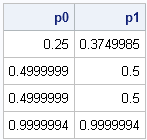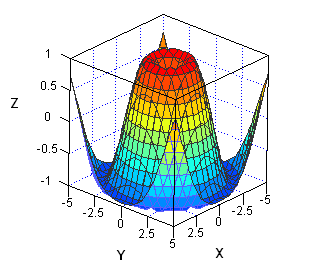
Over the past few years, and especially since I posted my article on eight tips to make your simulation run faster, I have received many emails (often with attached SAS programs) from SAS users who ask for advice about how to speed up their simulation code. For this reason, I








